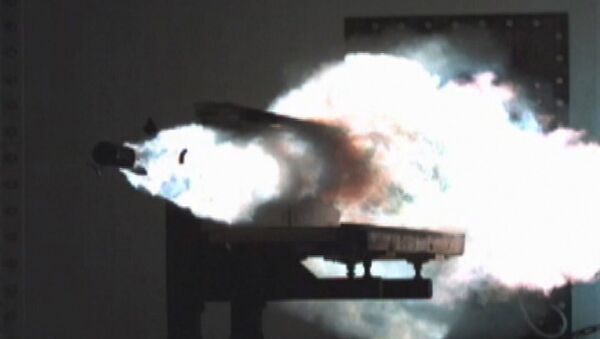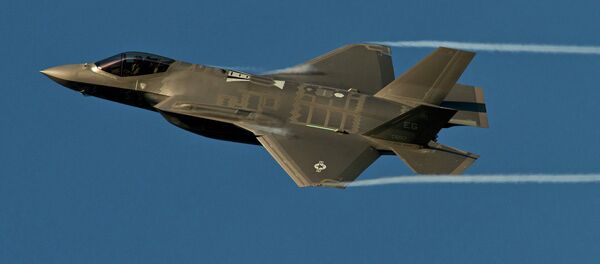On Sunday, the US Navy announced plans to continue development of the electromagnetic cannon. Also known as a railgun, it is a futuristic weapon that could be the American military’s most innovative weapon.
But navy officials continue to face push back from the defense industry and Washington insiders since the weapon could replace existing short-range missile systems, offering an affordable and effective alternative.
Three weeks ago, the Pentagon announced the weapon dead on arrival. Claiming it was incompatible with existing battleship weapon systems, the US military planned to spend an additional $800 million dollars through the secretive Strategic Capabilities Office to modify existing cannons to shoot railgun munitions. These modified cannons would operate with less accuracy and range.
"It turns out that powder guns firing the same hyper-velocity projectiles gets you almost as much as you would get out of the electromag railgun, and it’s something we could do much faster," Deputy Defense Secretary Bob Work told US lawmakers last month, omitting the fact that modifying existing systems would cost twice as much.
The move by the Pentagon came after Raytheon unsuccessfully proposed a number of high-cost ‘solutions,’ including the use of 3D printing technology and diamond heat spreaders, in order to ensure that the military-industrial complex could appropriately profit from production.
Despite pressure from the Pentagon, the US Navy prefers the railgun over modifying existing canons because the weapons system greatly reduces danger to ship-bound personnel by using explosive charges rather than highly flammable gunpowder.
Electromagnetic cannon rounds also reach speeds of Mach 7.5, more than seven times the speed of sound, with a range stretching over 100 miles (160 kilometers). This makes them as deadly as the Tomahawk missile at a fraction of the cost.
Tom Boucher, the Office of Naval Research railgun program manager, believes that Pentagon officials would be mistaken to turn away from the electromagnetic cannon.
"The railgun is revolutionary in terms of how much it can accelerate the bullet," said Boucher. "Powder guns have been matured to the point where you are going to get the most out of them. Railguns are just beginning."
If the Navy has its way, then the futuristic weapon may have a future in the US military. But Pentagon interference may ultimately signal the beginning of the end for the electromagnetic cannon.





